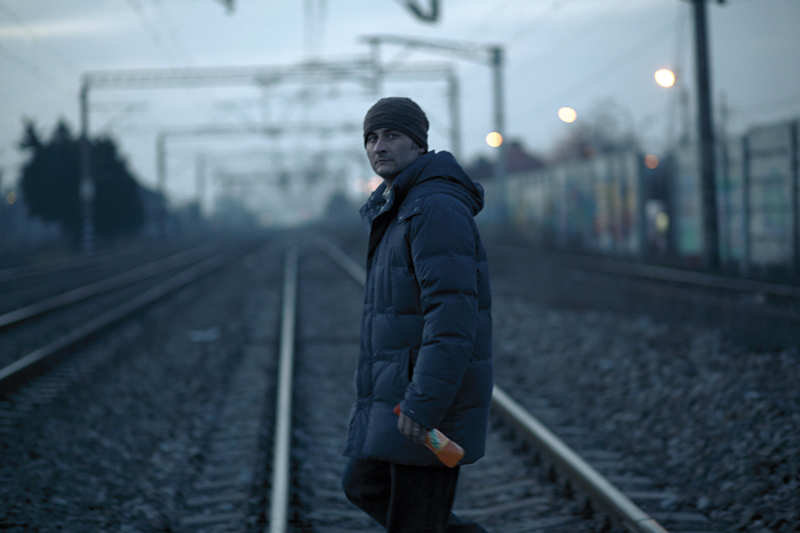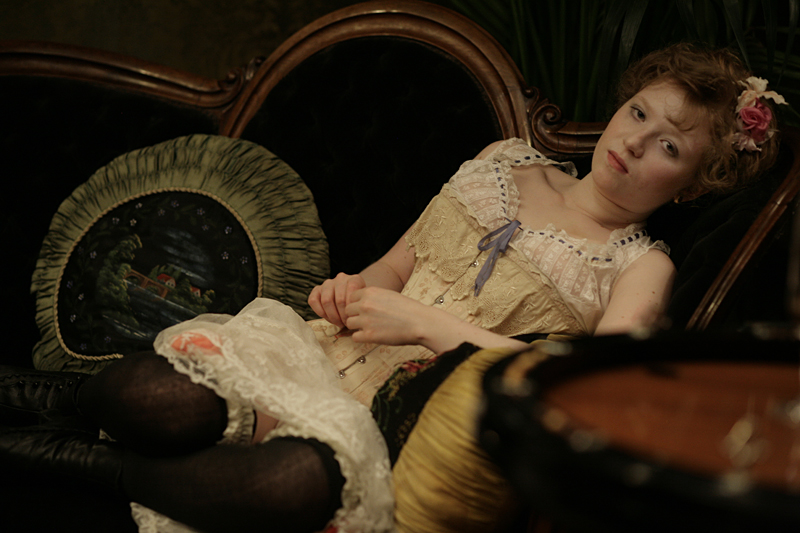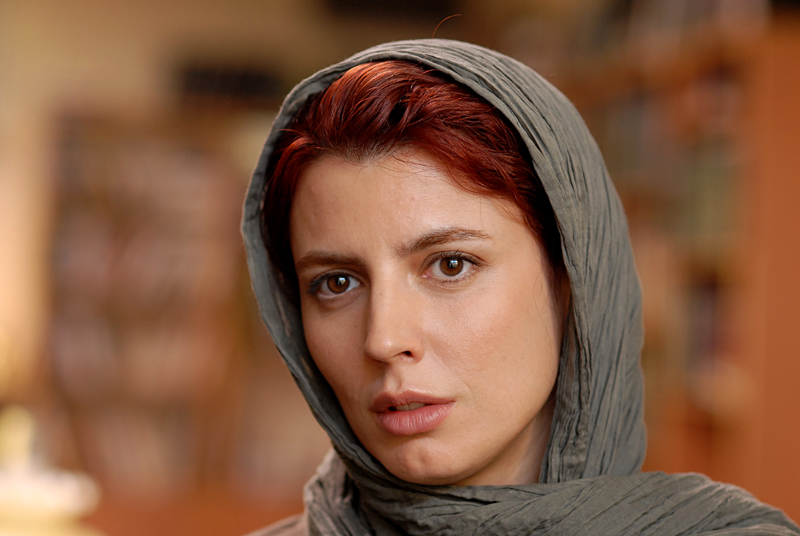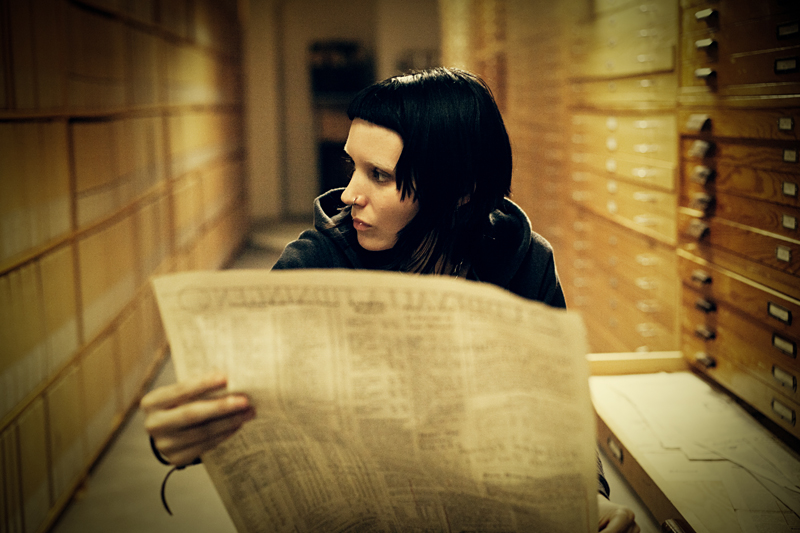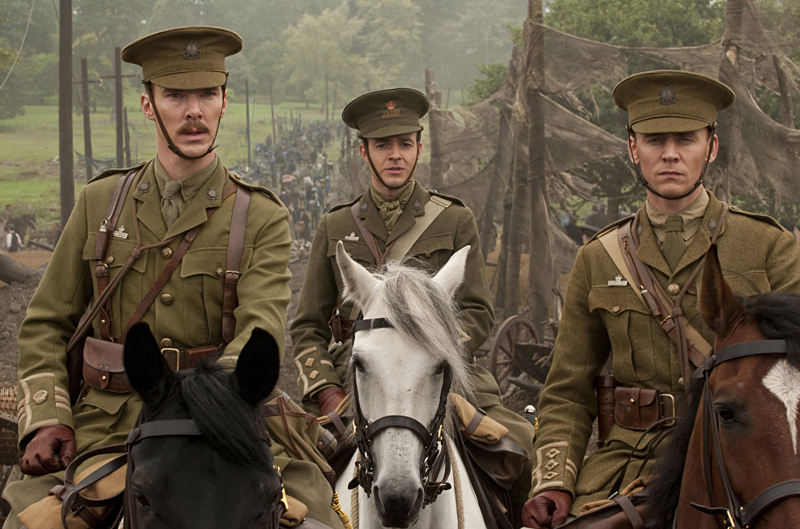1. A Dangerous Method See review.
2. Melancholia On any other day, this might have ranked first. Directed by Lars von Trier, Melancholia‘s first five minutes are like a formal invitation to the end of the world; the next two hours allow you to live through the run-up. We are all ultimately alone, and yet this thrillingly sad, beautiful movie dares to imagine (and insists we do as well) the one event that might bring us all together.
3. Mysteries of Lisbon Raúl Ruiz, who died this summer after a nearly 50-year career, dramatizes every outrageous plot twist in a classic 19th-century novel with serene equanimity—treating the hopelessly old-fashioned as the new avant-garde. After some four hours, Mysteries cuts its own Gordian knot to wrap with a magnificent, looping closer that metaphorically conflates the end of literature, theater, and cinema. The nothingness is Olympian.
4. Aurora Ionesco meets Jim Thompson: This murder mystery, shot vérité-style, is less a psychological case study than a philosophical treatise—or better, it’s a case study as philosophical treatise in which the killer’s identity is known, but his motives are not. Aurora dramatizes the Sartrean notion of “shame of self,” rooted in the recognition that we are “the object which the Other is looking at and judging.” With director Cristi Puiu himself playing the killer, the audience ponders the filmmaker looking at the protagonist, who just happens to be himself.
5. Seeking the Monkey King Shown twice as part of the New York Film Festival (and again at Zuccotti Park the night before the mayor and police broke the OWS occupation), Ken Jacobs’ incantatory, hallucinated, apocalyptic screed is a deeply troubling combination of stunning abstract imagery and enraged political analysis.
6. To Die Like a Man Fado music makes something wistfully jaunty out of inconsolable loss, and so does this mysterious, fabulously sad fable about the final months of a fado-singing, pooch-pampering drag diva. Such a surplus of melodrama might have prompted an Almodóvarian frenzy, but director João Pedro Rodrigues is neither hysterical nor maudlin. To Die Like a Man is playful, unpredictable, and incongruously verdant.
7. Uncle Boonmee Who Can Recall His Past Lives The acme of no-budget, Buddhist-animist, faux-naive, avant-pop magic neorealism is a movie in which conversing with the materialized spirits of the dead and watching the so-called living on TV exist on the same astral plane. (Review.) Directed by Apichatpong Weerasethakul.
8. Hugo After decades in the Martin business, Scorsese finally makes a kid’s film, and it turns out to be the best Spielberg movie that Spielberg never made. Hugo is distinguished first of all by its genuinely dramatic use of 3-D, second by a cinephilia that has nothing to do with a belief in Hollywood happy endings.
9. J. Edgar Like most Clint Eastwood productions, this densely woven historical tapestry is frugal and underlit; like his better films, it has an undercurrent of nuttiness. Just as Leo DiCaprio’s Hoover is regularly accused of fabricating media stories and posing as a fictional hero, J. Edgar is a self-aware production, filled with its own textual signposts. (At a kidnapping trial, the word “nelly” leaps out of a courtroom display.) Dirty Harry turns himself inside out: The film even provides a near-credible theory on Hoover’s sexuality. It too might have been called To Die Like a Man.
10. United Red Army Veteran Japanese pulp artist Koji Wakamatsu makes a new sort of horror movie—a grueling, engrossing three-hour account of Japan’s insanely ideological New Left that faces the void with the prolonged, increasingly violent, ever more self-critical group sessions, staged in near-darkness and shown in close-up, wherein the clandestine Red Army tore itself apart.
Honorable mention: Detective Dee and the Mystery of the Phantom Flame, Certified Copy, Film Socialisme, Le Havre, Martha Marcy May Marlene, Meek’s Cutoff, Le Quattro Volte, Octubre, Super 8, Terri, Tuesday, After Christmas, and Young Adult.
